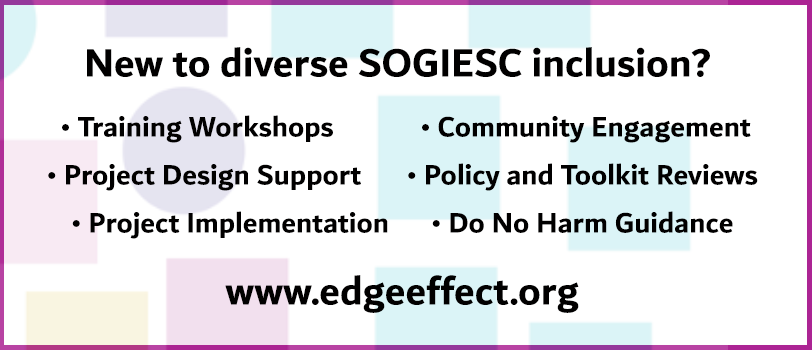This 26-page report looks at the vulnerability of LGBT people during conflict, natural disaster, and civil unrest. The article outlines how the vulnerabilities faced by LGBT people during times of peace are exacerbated in times of conflict and disaster. It is argued that the historical and continued criminalisation of LGBTI identity and expression in many countries is a significant causal factor in the marginalisation of LGBT people. The article highlights the two primary issues of: (1) a lack of protection of LGBT people in International Humanitarian Law (IHL) and (2) a lack of LGBTI-inclusive aid and reconstruction initiatives, as compounding factors increasing the marginalisation and persecution of LGBT people.
The article opens by providing examples of the violence perpetrated against LGBT people during contexts of conflict, post-conflict and post-disaster situations. Iraq following the 2003 intervention, and the more recent conflicts in Syria and Ukraine are outlined as key examples. The article then details the perceived gaps in protections of LGBT people in IHL, for example, the lack of protection for sexual orientation or gender identity in the Geneva Conventions or in the Rome Statute that established the International Criminal Court. Steps that can be taken to address these gaps are then listed, with improvements in international refugee law highlighted as a successful example to follow. The article states that gaps in IHL are only one of many issues and that vulnerabilities outside of conflict settings must also be understood and addressed.
The article concludes by discussing three focus areas in addressing the vulnerabilities of LGBT people: (1) the need to include LGBT people in responses to conflict, (2) state-building as an effective strategy to remove structural homophobia and (3) the need to ensure LGBT people can seek asylum based on their gender identity or sexual orientation.





